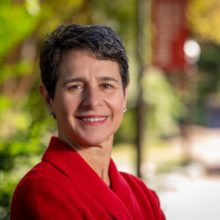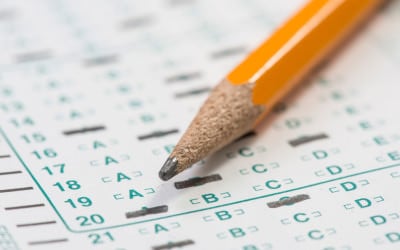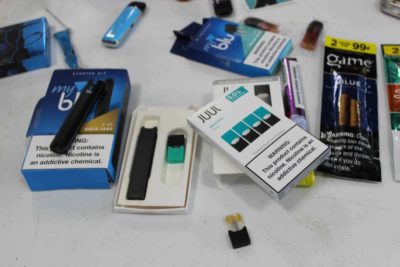Recent discussions about mathematics instruction in North Carolina have highlighted the idea that instead of listening to lectures, students in mathematics classrooms are solving problems in groups while teachers act as facilitators. According to the dictionary, a facilitator helps bring about an outcome by providing unobtrusive assistance or guidance. Thus, for some, there is a sense of laissez-faire associated with teaching as facilitation. The view implied is that mathematics teachers are walking around the room doing very little.
Whereas the work of engaging students in solving problems can perhaps be invisible to the untrained eye, acting as facilitators in today’s classroom requires the exact opposite of being passive, indirect, or unobtrusive. To highlight the work teachers are actively doing, here are four sets of activities required of teachers:
1. Planning. During planning, a mathematics teacher considers the mathematical goal of the lesson given students’ current knowledge. This requires knowledge of the mathematics being taught as well as a good grasp of what students can already do and where they need to go next. The teacher then selects (from the textbook, the district pacing guide, resources from the Department of Public Instruction, or other sources) the best problem(s) to use.
The problem has to be mathematically sound, accessible to students at different levels, and interesting enough to spark students’ mathematical curiosity. It has to promote discussion of mathematical ideas and build toward the mathematical goal. During planning, the teacher also anticipates what students might do, what questions are likely to emerge, what mistakes will need to be addressed, and how possible solution strategies show different levels of mathematical sophistication.
2. Launching the problem. Because a good problem is complex and builds on prior understanding, making sure students know what they are being asked to do is key. When a problem is not properly launched, the teacher has to go around the room to help each group get started, and students are idling until the teacher comes around. Thus, a good problem-solving activity requires the teacher to get all students to the point where they know what the question being asked is and have ideas about how to begin to address the problem. Students also need to know what the expectations are for working in groups and what to do when they solve the problem (for example, there might be a follow-up question or additional activities to continue the lesson).
3. Monitoring progress. While students are working on the problem, the teacher is making sure groups are being productive and the class is making progress toward the mathematical goal of the lesson. The teacher helps groups that are stuck and challenges groups that are ready to move further. The teacher asks questions that deepen students’ understanding of the mathematical ideas being addressed and notices who is doing what, who understands what, and who needs what to move forward. The teacher also selects ideas from different groups that need to be presented and discussed with the whole group, as well as students who might be able to communicate these ideas to their peers.
4. Leading discussion. This is when the teacher brings the groups together to discuss solutions and support students as they connect ideas and deepen their mathematical knowledge. During this time, the teacher is asking probing questions and making sure students are summarizing what they are learning into usable mathematical knowledge.
At the end of a problem-solving activity, good teachers also reflect on what happened, take note of what students did, and start planning for the next problem. Of course, there are times for different types of instructional organizations and opportunities for lectures and practice can also have a place in mathematics teaching — it all depends on the goals for a particular lesson.
Still, there is nothing passive about teachers serving as facilitators for mathematics problem solving. The art of teaching is complex, and whereas it might go unnoticed to some, do not let it mislead you: teachers in mathematics classrooms are always actively promoting student learning.





